Elon Musk is a storm rocking sectors like a rockstar, not only a name. His companies rewrite the rules whether it’s Tesla zipping on highways or SpaceX launching rockets like it’s a weekend pastime. Musk doesn’t stop there—he dives into AI with xAI, aiming to compete with the likes of OpenAI, and even tinkers with brain tech through Neuralink. Sounds sci-fi, right? But it’s real, and he’s leading the charge.
Why does he matter? Simple. Musk blends wild ambition with relentless action. He’s not just making electric cars or exploring Mars—he’s challenging the very way we think about the future.
Tesla: Revolutionizing the Auto Industry
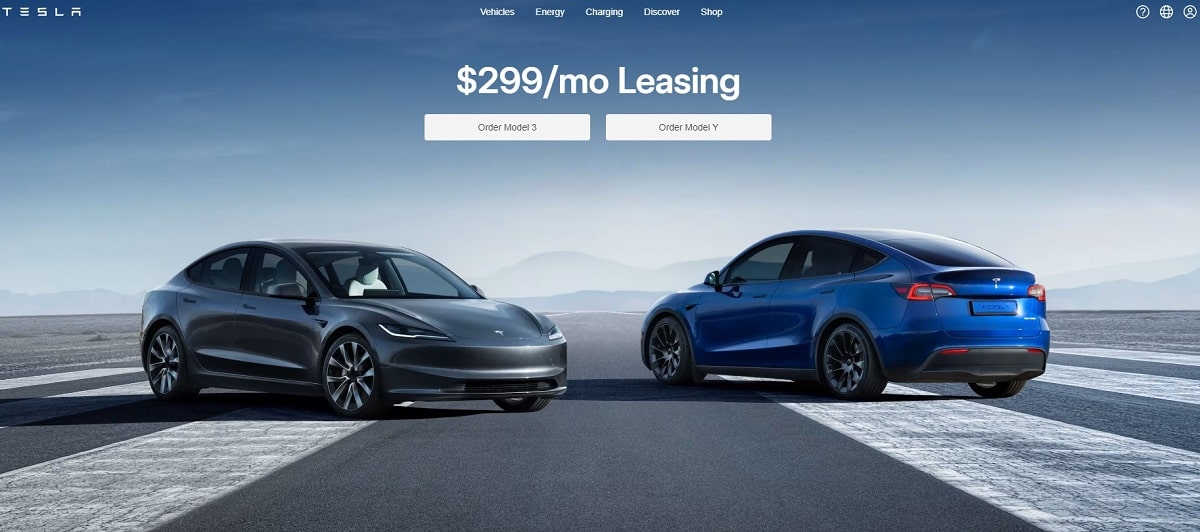
Origins of Tesla
Elon Musk created Tesla what it is now, not founded the company. Martin Eberhard and Marc Tarpenning launched Tesla in 2003; by 2004, Musk was the biggest investor, funding the company $6.5 million. Musk later assumed leadership in 2008, bringing the business front stage.
From the beginning, Tesla aimed not just in creating electric cars but also in completely transforming a sector. Musk envisioned EVs as bold: quicker, cleaner, and cooler than conventional vehicles. Under his direction, the company grew to be a worldwide innovator icon.
Tesla Products
Tesla’s lineup is where Elon Musk’s ambitions really shine. The Model S? A sleek luxury sedan that beats most gas-powered cars in speed. The Model Y? A family-friendly electric crossover that’s practical and stylish. And let’s not forget the Solar Roof, which turns homes into power plants, redefining how energy works.
In 2024, the Tesla Model Y became one of the best-selling vehicles in the U.S., proving the company’s massive impact. Musk didn’t just create a product; he created a movement. Today, Tesla’s cars are more than vehicles—they represent a lifestyle.
Tesla Energy
But Tesla isn’t just about cars—it’s an energy company too. The Powerwall battery system helps homes store solar energy for use anytime, reducing dependence on fossil fuels. It’s a small step toward a massive goal: making clean energy accessible for everyone.
Under Musk’s leadership, Tesla Energy became a powerhouse of renewable solutions. The company’s innovations in energy storage and solar power aren’t just about profits; they’re about building a sustainable future.
SpaceX: Exploring New Frontiers
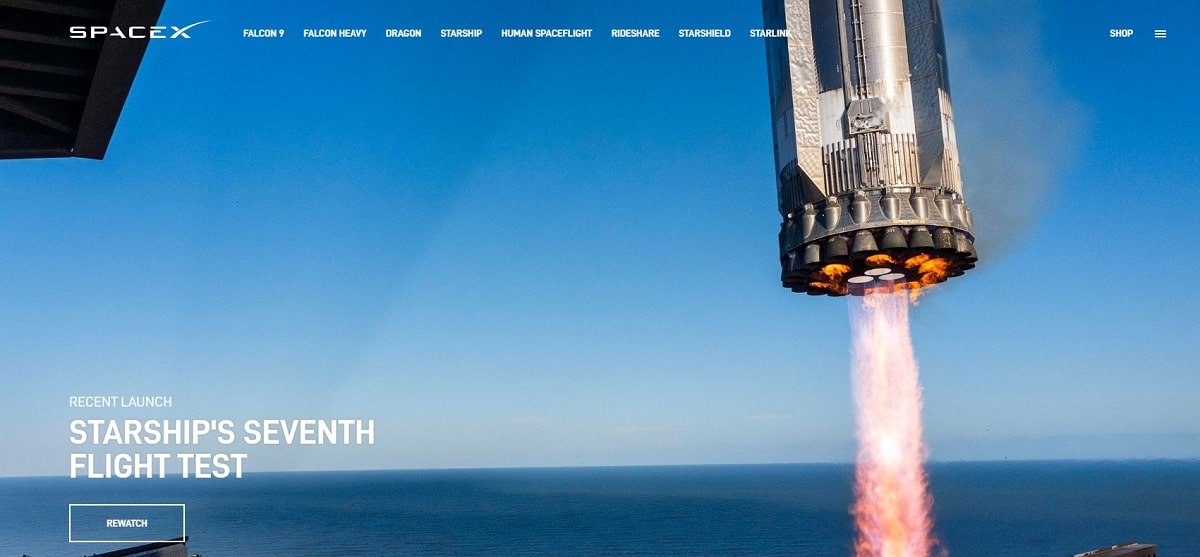
Founding SpaceX
Elon Musk founded SpaceX in 2002 with a single, very ambitious objective: conquering Mars Amazing, right? Musk, however, thought people should evolve into a multiplanet species, and SpaceX would help to bring about that change. He put $100 million of his own money since, with ambition, who needs savings?
Early on, NASA spotted Musk’s company. SpaceX received its first contract to build dependable rockets by 2006. By 2021 NASA turned over a $2.9 billion contract for its Artemis program to send humans back to the Moon. Musk was fostering trust among the major participants in space exploration, not only launching rockets.
SpaceX Achievements
Falcon 9 is a name that changed everything. A rocket that can launch, land, and launch again? That’s how SpaceX rewrote the rules of space travel. By 2024, the company had launched over 240 missions, with most rockets landing safely for reuse. Reusable rockets don’t just save money—they prove Musk’s company is ahead of the game.
Then there’s Starship, designed to take humans to Mars. It’s not just a spacecraft; it’s Musk’s vision of the future in metal and engines. SpaceX also runs Starlink, a project putting satellites into orbit to bring internet to remote parts of the world. By 2024, Starlink had deployed over 4,000 satellites, creating a global web of connectivity.
Elon Musk’s company hasn’t just innovated; it’s made space exploration cheaper and more accessible. SpaceX turned what once seemed impossible into everyday news, proving that space is no longer the final frontier—it’s the next step for humanity.
Neuralink: Connecting Brains and Machines
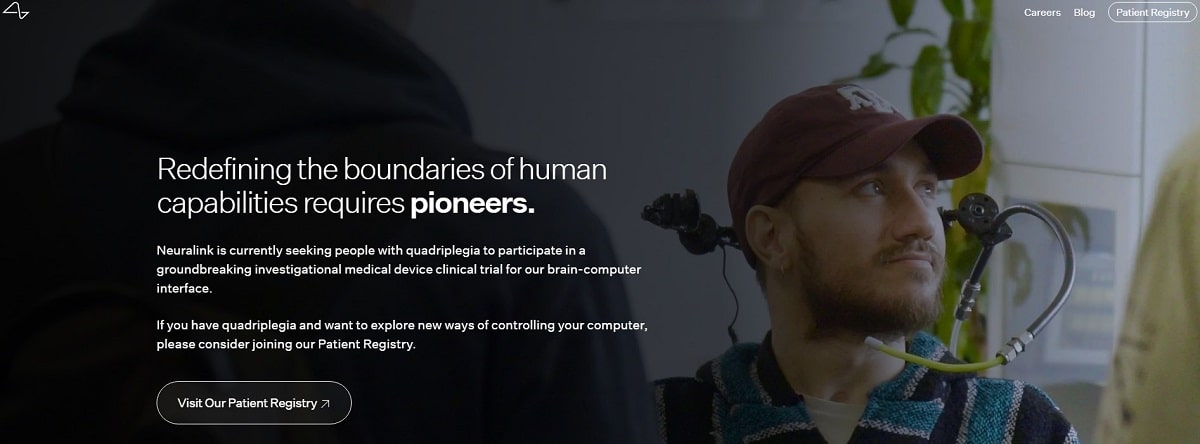
Company’s Mission
Elon Musk’s company Neuralink has one clear goal: to create a direct connection between the brain and machines. Imagine controlling your phone, computer, or even a robotic arm just by thinking. Neuralink works on this revolutionary technology to help people with severe disabilities regain independence. Musk believes that if your brain can talk to machines, the possibilities are endless.
The company focuses on people with physical limitations, such as paralysis. By implanting a small chip in the brain, Neuralink aims to let users perform tasks they couldn’t before. It’s not just a tech experiment—it’s Musk’s vision to blend human intelligence with machines.
Key Achievements
Neuralink’s first real breakthrough happened in 2024. A man named Noland Arbaugh, paralyzed after a spinal cord injury, was able to control a computer with his thoughts thanks to Neuralink’s implant. Sounds like science fiction, right? But it’s real.
The company’s implants are tiny but powerful. They’re designed to read brain signals and translate them into actions. So far, Neuralink has tested its technology on animals and a few humans. Musk says the goal is to eventually make this technology as simple as laser eye surgery.
Elon Musk’s company is rewriting the future of how humans interact with machines. While the work is still in early stages, the potential impact of Neuralink’s innovations is massive—not just for those with disabilities but for the way we all might use technology.
The Boring Company: Reinventing Urban Transit
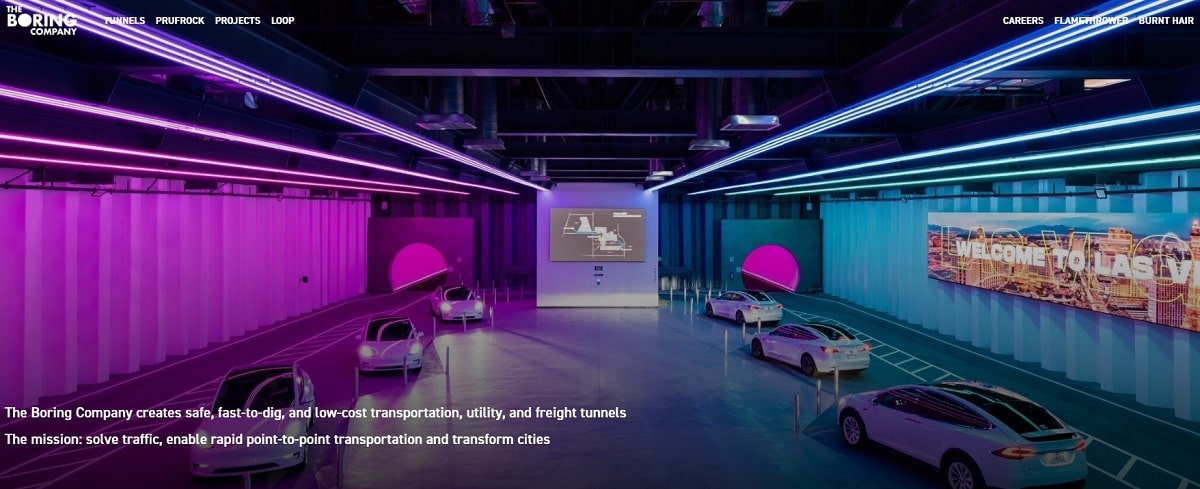
Projects
Elon Musk’s company, The Boring Company, is all about solving one annoying problem: traffic. You know that feeling when you’re stuck on a busy road for hours? Musk decided tunnels are the answer. In 2021, his company completed the Las Vegas Convention Center Loop, a pair of underground tunnels spanning 1.7 miles. It’s not just cool—it’s practical.
What’s next? Musk has plans for more projects, including a bigger loop system in Las Vegas connecting the airport and the Strip. Imagine zipping through a tunnel at 150 mph while everyone above crawls in traffic. The company is also exploring tunnel projects in other cities, aiming to make urban travel fast and efficient.
Tunnel Benefits
Tunnels aren’t just a fancy way to avoid traffic—they’re game-changers. By moving transportation underground, Musk’s company reduces surface congestion, making streets safer and less chaotic. Plus, fewer cars idling in traffic means lower carbon emissions. Good for your nerves, better for the planet.
And here’s the best part: tunnels work in any weather. Rain? Snow? Doesn’t matter when you’re underground. Musk’s vision is about more than transport; it’s about creating a smarter, greener future. The Boring Company is turning sci-fi ideas into everyday reality—one tunnel at a time.
X (Twitter): Redefining Social Media
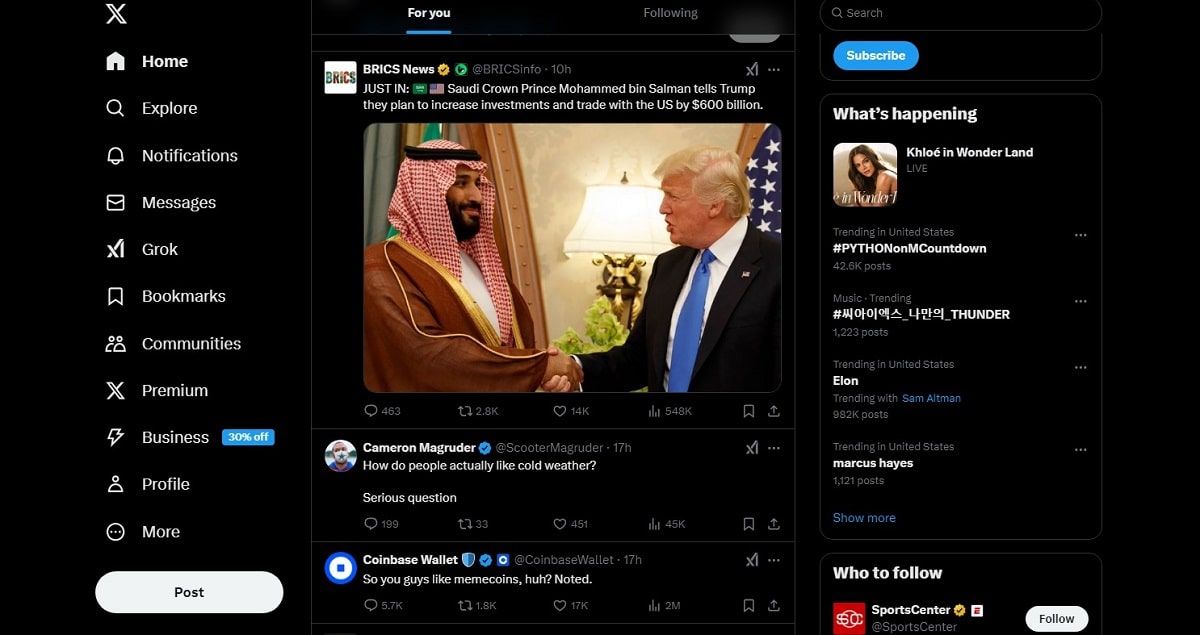
Transition to Musk’s Ownership
Elon Musk’s company portfolio grew massively in 2022 when he bought Twitter for a jaw-dropping $44 billion. It wasn’t just a business move—it was a statement. Musk had big plans for this platform, rebranding it to X and transforming it into an “everything app.” Imagine a single app where you can tweet, call, shop, and even pay your bills. That’s Musk’s vision.
The rebranding wasn’t just cosmetic. Musk’s company aimed to rebuild Twitter’s infrastructure to make it faster, smarter, and open to more innovation. For Musk, X isn’t just a social media app—it’s the future of how we connect and communicate.
Future of X
What’s next for X? Payments, streaming, and maybe even shopping. Musk wants X to be a one-stop app for everything, from casual chats to professional interactions. Think of it as social media merging with fintech and entertainment.
New features under development include payment options to send money instantly and streaming tools for live events. Musk’s company isn’t just building a platform—it’s building a digital ecosystem. With over 255 million monthly active users, X is on its way to becoming something much bigger than a social network.
xAI

Elon Musk never stops pushing boundaries. In 2023, he launched xAI, a company aiming to unravel the mysteries of artificial intelligence. But this isn’t just another AI startup. Musk sees xAI as a tool to “understand the true nature of the universe.” Ambitious? Absolutely.
xAI isn’t working alone. It collaborates with Tesla to improve self-driving technologies and integrates with X (formerly Twitter) to enhance user interactions through AI tools. Musk’s company is also positioning itself as a direct competitor to OpenAI, the creator of ChatGPT. With AI rapidly growing, xAI could redefine how we use and trust technology in our everyday lives.
Zip2 and PayPal
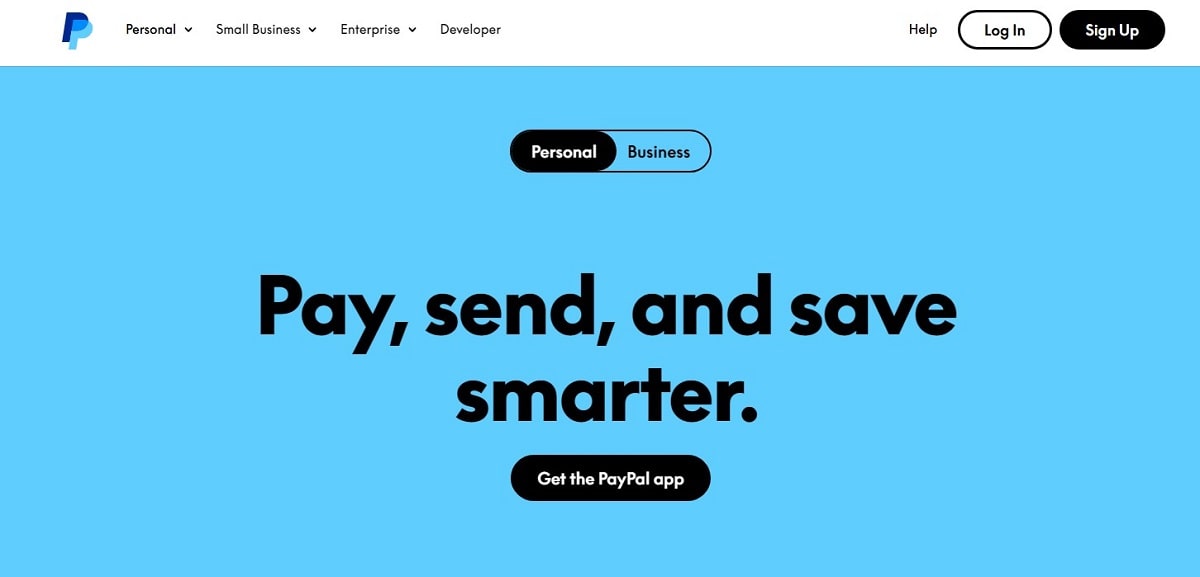
Before Musk became the CEO of Tesla and the mind behind SpaceX, there was Zip2, his first big success. Founded in 1995, this company created online business directories with maps—kind of a digital Yellow Pages. Musk sold Zip2 in 1999 for $307 million, earning his first major fortune.
He didn’t stop there. Using money from Zip2, Musk co-founded X.com, an online payment company that later became PayPal. If you’ve ever bought something online, you’ve likely used it. PayPal’s success shaped e-commerce, making Musk’s company one of the most important tools in the digital economy. When eBay bought PayPal in 2002 for $1.5 billion, Musk walked away with $175 million.
Conclusion
Elon Musk isn’t just running companies; he’s shaping the future. From Tesla making electric cars a trend to SpaceX turning space travel into a business, his influence is hard to ignore. Musk’s vision goes beyond profits—he’s tackling big challenges like renewable energy, AI, and even colonizing Mars.
What’s wild is how these ideas sound impossible at first. Yet Musk turns them into reality, proving that one company (or six) can change the world. Whether it’s Neuralink helping people or xAI unlocking AI’s potential, his work shows what ambition can achieve. The future Musk imagines? It’s closer than we think.
